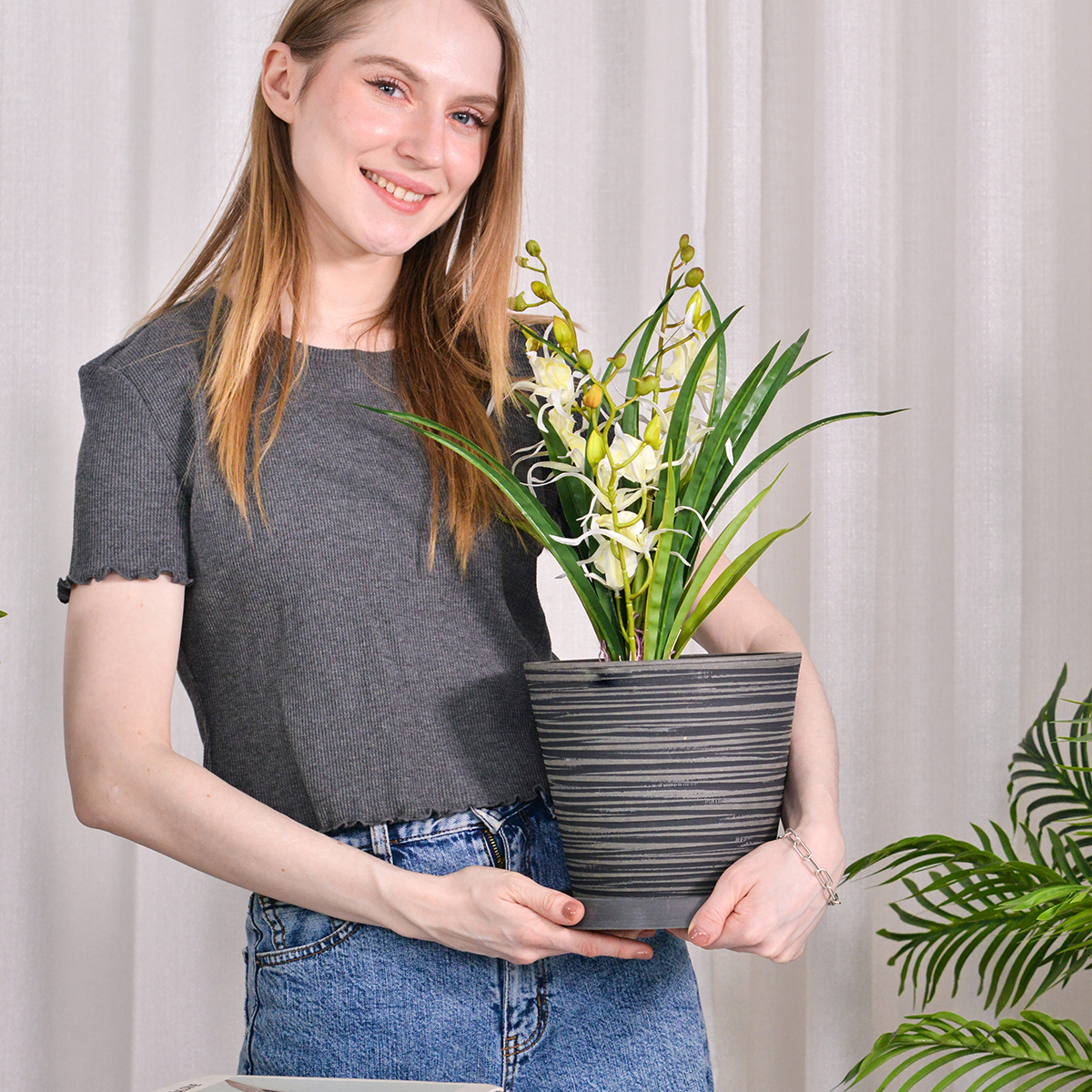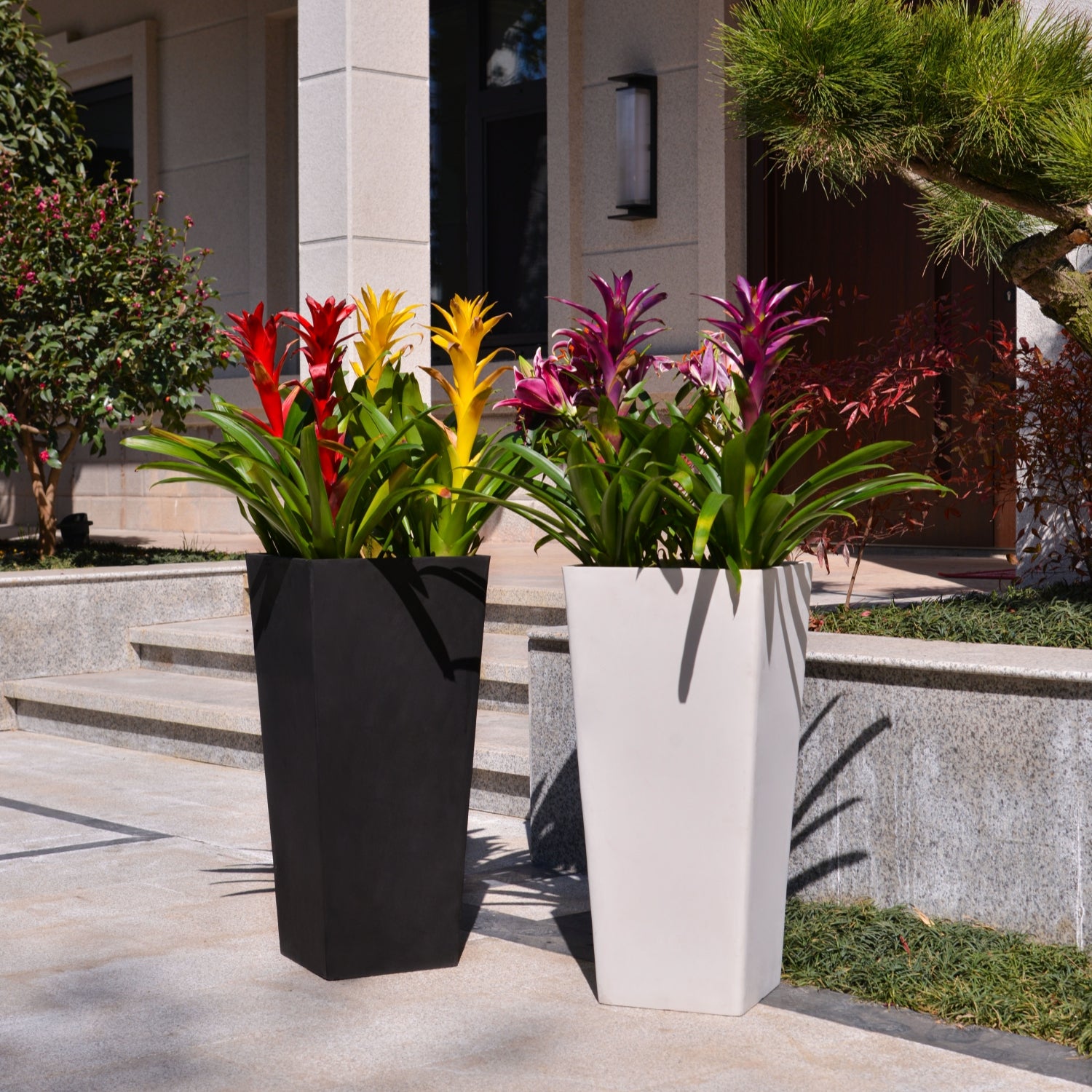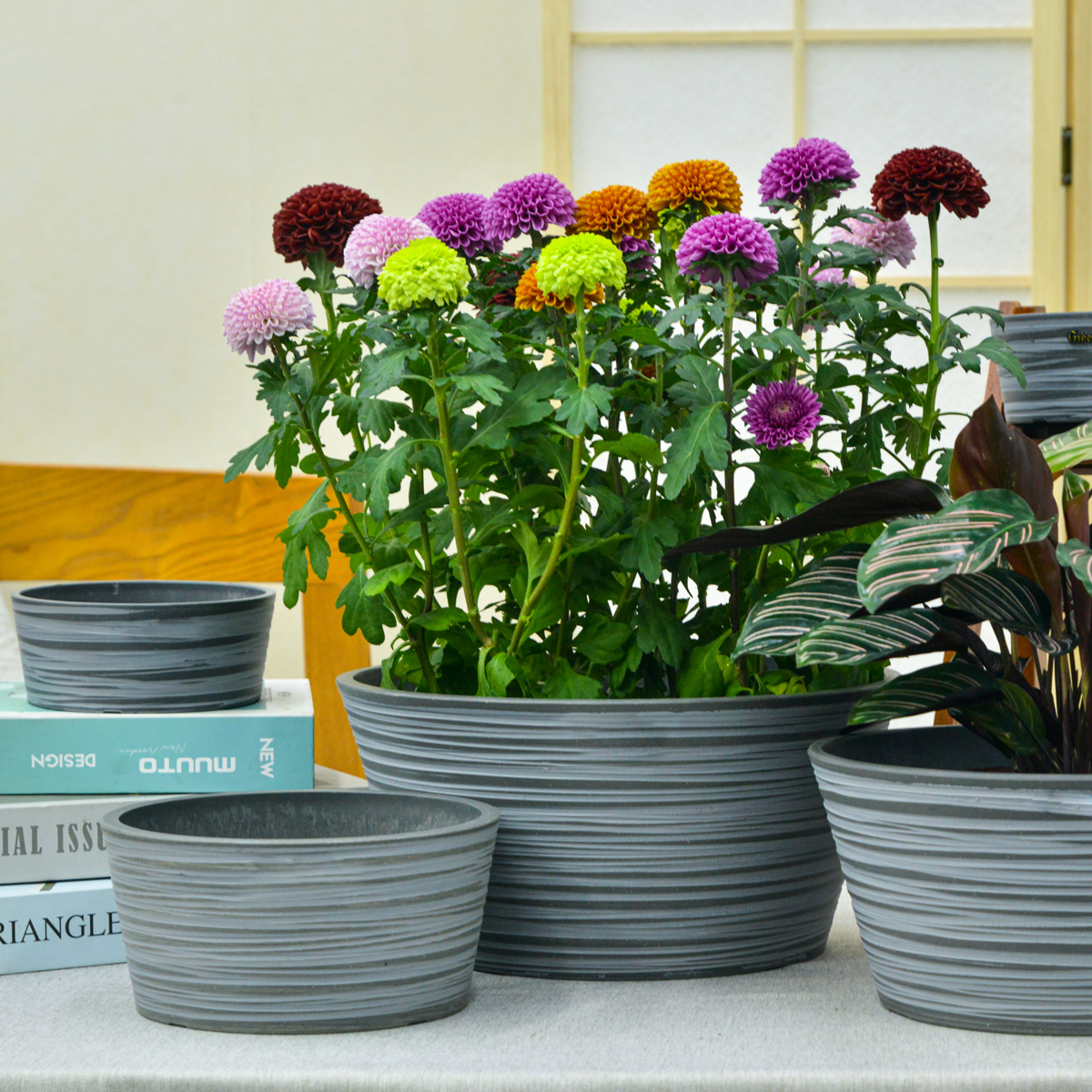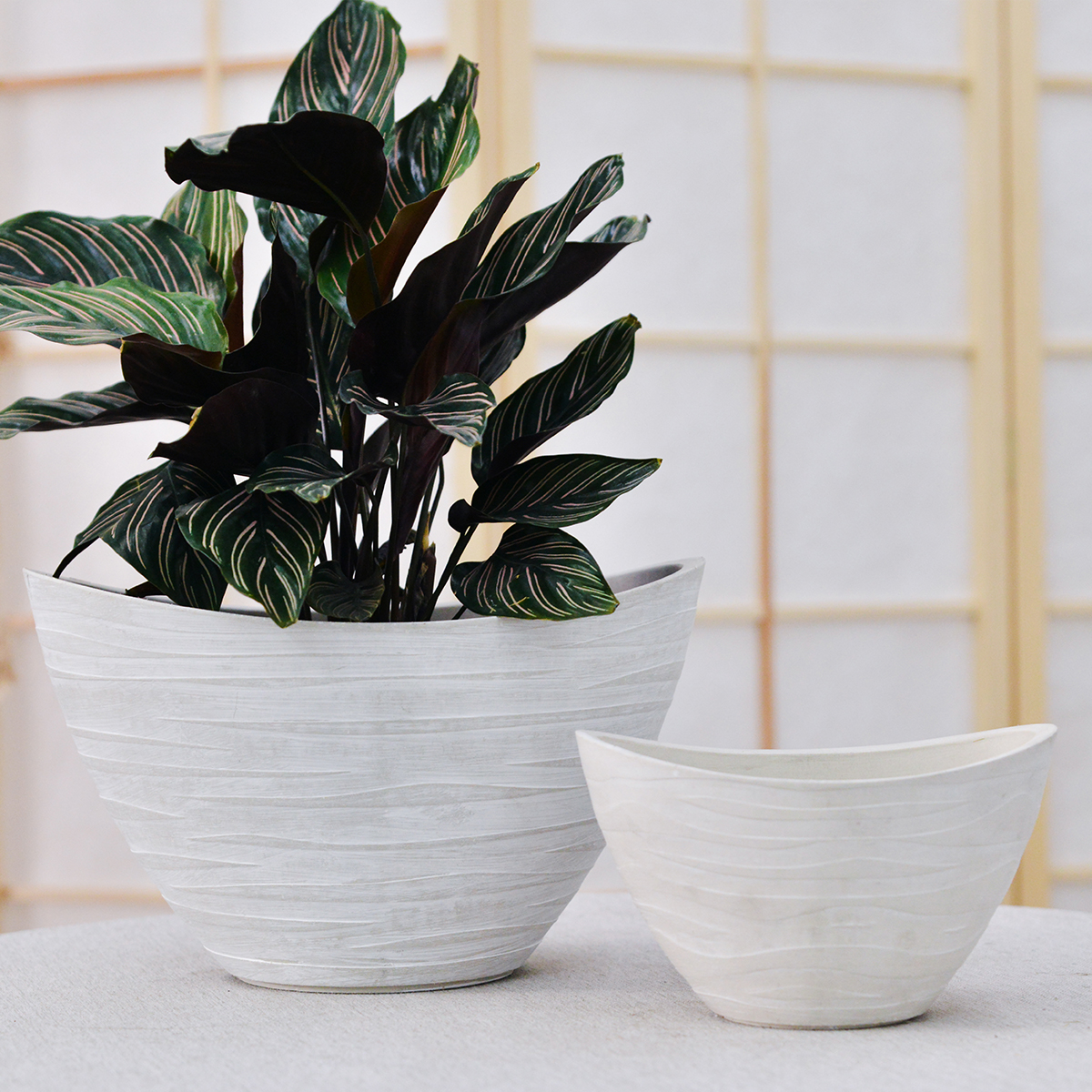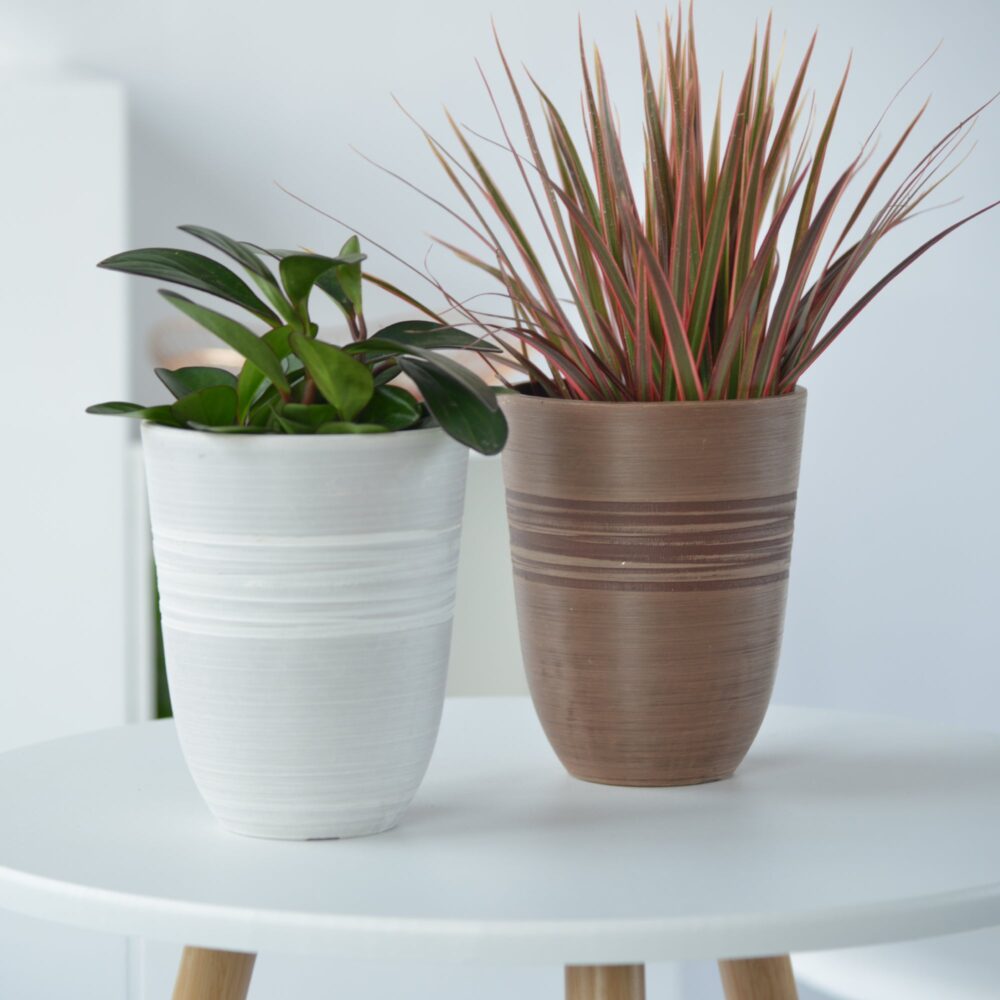Mint Preservation Secrets: Keep Fresh Mint Fragrant, Green, and Flavorful All Year Round – Kitchen Novices Can Master It Easily!
Do you also love the refreshing aroma and cool taste of mint? Whether for tea, drinks, cooking, or baking, mint can add a unique flavor to your dishes. However, fresh mint leaves are delicate and easily wilt and turn black at room temperature, with a very limited shelf life. Must we simply watch fresh mint “flash in the pan”? Of course not!
Today, I will reveal the exclusive secrets of mint preservation and teach you how to use various simple and easy methods to retain the fragrance, greenness, and original flavor of mint all year round, filling your kitchen with the fresh scent of mint in every season! Whether you are a gardening expert or a kitchen novice, you can easily master these preservation techniques!
Core Principles of Mint Preservation: Lock in Moisture, Inhibit Oxidation
To maintain the freshness of mint for a long time, the core principles are to lock in moisture and inhibit oxidation. Moisture loss will cause mint leaves to wilt, while oxidation will make them turn black and lose their aroma. Therefore, all our preservation methods will revolve around these two core principles.
Comprehensive Mint Preservation Guide: Five Wonderful Tricks to Keep Freshness Lasting
Based on different usage needs and storage times, we can choose different mint preservation methods. Below, I will introduce five of the most practical and effective mint preservation tricks in detail:
Trick 1: Cold Water Preservation (Short-Term Preservation, about 3-5 Days)
This is the simplest and quickest short-term preservation method, just like preserving fresh flowers, keeping the mint hydrated:
- Harvest/Purchase Fresh Mint: Choose fresh mint with verdant leaves and no damage. If it is home-grown mint, it is best to harvest in the early morning or evening when the mint has a higher water content.
- Simple Preparation: Remove yellow or rotten leaves near the base of the mint. If the stems are long, you can trim the bottom to facilitate water absorption.
- Prepare Container: Choose a clean glass, vase, or airtight container and pour in an appropriate amount of cool boiled water (or purified water). The water level should be enough to submerge the mint stems.
- Mint Immersion: Insert the mint stems into the water, keeping the leaves as much as possible above the water surface. If using an airtight container, you can slightly cover it, but do not seal it completely to maintain breathability.
- Storage Environment: Place the container with mint in a cool, ventilated place, avoiding direct sunlight and high temperatures. It can be placed on the door rack of the refrigerator’s crisper compartment, but be careful not to let the temperature get too low to avoid frost damage.
- Regular Water Change: Change the water every day or every other day to keep the water clean and prevent bacterial growth. If the water becomes cloudy, replace it promptly.
- Advantages: Simple to operate, no special tools required, good short-term preservation effect, keeps mint hydrated and fresh.
- Disadvantages: Limited preservation time, about 3-5 days. Not suitable for long-term storage.
Trick 2: Refrigerator Chilling (Medium-Term Preservation, about 1-2 Weeks)
Refrigerator chilling is a more common preservation method that can effectively extend the shelf life of mint:
Harvest/Purchase Fresh Mint: Same as cold water preservation, choose fresh, verdant mint.
Drying Treatment: Gently shake off excess water from the mint, or gently pat dry with paper towels. Be sure to keep the mint surface dry to prevent excessive moisture from causing rot.
Wrap and Preserve: Depending on the wrapping method, the chilling effect will vary slightly:
- Plastic Wrap Chilling: Place the dried mint in a plastic wrap bag, squeeze out excess air from the bag, and seal it. You can also place a slightly damp paper towel in the plastic wrap bag to increase humidity, but be careful not to make it too wet.
- Damp Paper Towel Wrap Chilling: Gently wrap the mint with a slightly damp paper towel, place it in an airtight container or plastic wrap bag and chill. The damp paper towel can maintain the humidity of the mint and prevent the leaves from drying out.
Storage Environment: Place the wrapped mint in the crisper compartment of the refrigerator, keeping the temperature at around 0-5°C is best. Avoid getting too close to the freezer compartment to prevent frost damage.
Regular Check: Check the condition of the mint every 2-3 days. If you find the paper towel becomes dry, you can spray a little water to keep it moist. If you find any leaves starting to yellow or rot, pick them out promptly to avoid affecting other leaves.
- Advantages: Longer shelf life, about 1-2 weeks. Simple to operate, convenient refrigerator chilling.
- Disadvantages: With prolonged chilling, the aroma of mint may weaken slightly. Leaves may show slight dehydration.
Trick 3: Freezing Preservation (Long-Term Preservation, Several Months to a Year)
Freezing is the best method for long-term preservation of mint, which can maximize the retention of mint’s aroma and flavor:
Harvest/Purchase Fresh Mint: Same as above, choose fresh, verdant mint.
Washing Treatment (Optional): If the mint surface has dust or soil, you can gently rinse it with clean water, then drain the water, or pat dry with paper towels. You can also skip the washing step and freeze directly, washing it when using.
Choose Freezing Method: Depending on usage habits, you can choose different freezing methods:
- Whole Leaf Freezing: Spread the dried mint leaves flat on a baking sheet or plate, avoiding stacking. Put them in the freezer compartment for pre-freezing for 1-2 hours. After the leaves become hard, transfer them to plastic wrap bags or airtight containers, and seal and freeze. Pre-freezing can prevent the leaves from clumping together, making it easy to take out. Suitable for tea brewing, decoration, and other scenarios that require whole leaves.
- Chopped Freezing: Chop the dried mint leaves (or tear them by hand), put them into ice cube trays. Put an appropriate amount of chopped mint into each compartment, add a little clean water or olive oil (olive oil can better lock in aroma and color). Put them in the freezer compartment to freeze into ice cubes. You can also spread the chopped mint flat on plastic wrap or baking paper. After freezing and hardening, roll it up and put it into a plastic wrap bag to freeze. Suitable for cooking, drink mixing, and other scenarios requiring chopped mint.
Storage Environment: Seal the frozen mint and place it in the freezer compartment, keeping the temperature below -18°C is best. Frozen storage time can be as long as several months or even a year.
- Advantages: Longest shelf life, up to several months or even a year. Maximizes the preservation of mint aroma and flavor.
- Disadvantages: Frozen mint leaves will become soft in texture after thawing, not suitable for direct raw consumption or decoration, but cooking and drink mixing flavor is not affected.
Trick 4: Drying Preservation (Long-Term Preservation, Several Months to a Year)
Drying is another common long-term preservation method that can turn mint into dried mint leaves, making it easy to store and use:
Harvest/Purchase Fresh Mint: Same as above, choose fresh, verdant mint.
Washing Treatment (Optional): If needed, you can quickly rinse the mint with clean water, drain the water, or pat dry with paper towels. Dry as soon as possible after washing to avoid prolonged dampness causing rot.
Choose Drying Method: Depending on conditions and needs, you can choose different drying methods:
- Natural Air Drying: Bundle mint into small bunches and hang them upside down in a cool, ventilated, and dry place. Avoid direct sunlight and humid environments. Drying time is about 1-2 weeks until the leaves are completely dry and easily crumble when gently pinched. Pay attention to ventilation during the air drying process to prevent mold.
- Oven Low-Temperature Drying: Spread mint leaves flat on a baking tray (or baking rack), put them in the oven, set a low temperature (50-60°C), bake for 1-2 hours, or until the leaves are completely dry. Pay attention to observation during baking to avoid excessively high temperatures causing burning. Oven drying time is shorter, but pay attention to temperature control.
- Food Dehydrator Drying: Use a food dehydrator and dry according to the instructions. Dehydrator drying temperature and time are controllable, drying effect is more uniform, and quality is better.
Storage Method: Pluck the completely dried mint leaves from the stems (if drying whole bunches of mint), put them in sealed jars, glass bottles, or plastic wrap bags, and store them in a dark, dry, and cool place. Dried mint leaves can be stored for several months or even a year.
- Advantages: Long shelf life, up to several months or even a year. Dried mint leaves are small in size and easy to store. Dried mint leaves have a unique flavor, suitable for tea brewing and cooking.
- Disadvantages: Drying process takes a certain amount of time. The color of dried mint leaves may not be as verdant as fresh mint. Aroma may be slightly lost (but the aroma is more concentrated after drying).
Trick 5: Infusing Oil/Vinegar Preservation (Unique Flavor, Long-Term Preservation)
Infusing in oil or vinegar not only preserves mint for a long time, but also infuses the aroma of mint into the oil or vinegar, creating unique flavored seasonings:
Harvest/Purchase Fresh Mint: Same as above, choose fresh, verdant mint.
Wash and Dry: Quickly rinse the mint with clean water, drain the water, or pat dry with paper towels. Be sure to ensure the mint is completely dry to prevent moisture from spoiling the oil or vinegar.
Choose Infusion Medium: Choose a suitable infusion medium according to usage:
- Mint-Infused Oil: Choose high-quality edible oil, such as olive oil, sunflower seed oil, grapeseed oil, etc. Olive oil has a rich flavor, suitable for Western cuisine; sunflower seed oil and grapeseed oil have a mild taste, more versatile.
- Mint-Infused Vinegar: Choose white vinegar, apple cider vinegar, rice vinegar, etc. White vinegar has a pure taste, which can better highlight the aroma of mint; apple cider vinegar and rice vinegar have fruit or grain aromas, with richer flavors.
Infusion Method: Place the dried mint leaves (whole or chopped) in a clean glass bottle. Pour in the selected oil or vinegar, completely submerging the mint leaves. Seal the bottle opening.
Storage Environment: Place the infusion bottle in a cool, dark place to infuse. Infusion time is at least 2 weeks or more. The longer the time, the more fully the aroma of mint infuses into the oil or vinegar. Infused oil is recommended to be stored in the refrigerator. Infused vinegar can be stored at room temperature or in the refrigerator.
- Advantages: Long shelf life, up to several months or even a year. Creates unique flavored mint oil or mint vinegar with a wide range of uses. Infused mint leaves also have the flavor of oil or vinegar and can be eaten.
- Disadvantages: Long production time, requiring infusion for at least 2 weeks. Infused oil is high in calories. Infused vinegar has a sour taste and is not suitable for all cooking scenarios.
Comparison Table of Different Preservation Methods:
| Preservation Method | Preservation Time | Operational Difficulty | Flavor Change | Suitable Scenarios | Advantages | Disadvantages |
| Cold Water Preservation | 3-5 Days | Very Easy | Little Change | Short-term decoration, small quantity use | Extremely simple and quick, keeps hydrated and fresh | Short shelf life, not suitable for long-term preservation |
| Refrigerator Chilling | 1-2 Weeks | Easy | Slight Weakening | Medium-term daily use | Longer shelf life, easy operation | Aroma slightly weakened, leaves may be slightly dehydrated |
| Freezing Preservation | Months-Year | Easy | Flavor Retained | Long-term cooking, drink mixing | Longest shelf life, maximizes flavor retention | Leaf texture becomes soft, not suitable for raw consumption or decoration |
| Drying Preservation | Months-Year | Medium | Concentrated Flavor | Long-term tea brewing, cooking | Long shelf life, small volume for easy storage, unique flavor after drying | Drying time is longer, color may not be as verdant as fresh mint |
| Infusing Oil/Vinegar | Months-Year | Medium | Flavor Fusion | Long-term seasoning, cold dishes, salads | Long shelf life, creates flavored seasonings, infused leaves can also be eaten | Long production time, infused oil is high in calories, infused vinegar has a sour taste |
Mint Preservation Tips:
- Choosing Fresh Mint is Key: No matter which preservation method is used, freshness is the foundation. Choose mint with verdant leaves, no damage, and a strong aroma for better preservation results.
- Keep Dry, Prevent Rotting: Except for cold water preservation, other methods emphasize keeping mint dry. Excessive moisture is prone to causing mint rot and mildew, affecting preservation effectiveness.
- Seal Storage, Isolate Air: Chilled, frozen, and dried mint should be stored in sealed containers to reduce contact with air, preventing oxidation and aroma loss.
- Choose as Needed, Apply Flexibly: Choose the most suitable preservation method according to your usage habits and storage time. You can also combine multiple methods, such as using cold water preservation for short-term use, and freezing or drying for long-term preservation.
- Use Everything, No Waste: Even slightly wilted mint can be used for brewing tea, boiling water, bath soaks, or making mint syrup, mint balm, etc., fully utilize the value of mint and avoid waste.
Frequently Asked Questions:
Question 1: Why does my mint preserved in cold water wilt within a few days?
Answer: The shelf life of cold water preservation is inherently short, generally only about 3-5 days. If the preservation environment is too hot, direct sunlight, or water is not changed in time, it may cause the mint to wilt faster. Please ensure to place the mint in a cool and ventilated place, avoid high temperature and sunlight, and change the water every day or every other day to extend the preservation time.
Question 2: Can frozen mint return to its fresh state after thawing?
Answer: After thawing frozen mint, the leaf texture will become soft and cannot return to its fresh state, which is normal. However, freezing does not affect the flavor of mint. Thawed mint can still be used for cooking, mixing drinks, making sauces, etc., and the aroma and taste are not much different from fresh mint. It is not recommended to eat raw or decorate directly after thawing as the taste and appearance will be slightly inferior.
Question 3: How to judge whether dried mint leaves are completely dry?
Answer: The simplest way to judge whether mint leaves are completely dry is to gently touch the leaves with your hand. Completely dried mint leaves are brittle and hard in texture, and will easily crumble into powder when gently pinched. If the leaves feel still soft or flexible to the touch, it means they are not completely dry and need to be dried for a longer period of time. Incompletely dried mint leaves are prone to moisture and mildew, affecting preservation.
Question 4: Is it better to infuse mint in oil/vinegar for a longer time?
Answer: Generally, the longer the infusion time, the more fully the aroma of mint infuses into the oil or vinegar, and the richer the flavor. An infusion time of at least 2 weeks is recommended. If the infusion time is too short, the flavor of mint may not be strong enough. However, infusion time is not always better the longer it is. Prolonged infusion may cause mint leaves to discolor, affecting the appearance (but not affecting edibility). You can adjust the infusion time according to your taste preferences.
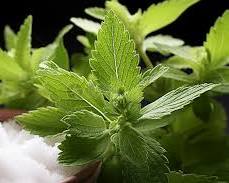
Conclusion
Mastering these mint preservation secrets, you can easily say goodbye to the “mint preservation dilemma” and enjoy the freshness and deliciousness of fresh mint anytime, anywhere! Quickly choose your favorite method to fill your kitchen with the fresh scent of mint all year round!
11TH
By greenship|2024-08-13T02:50:25+00:00August 13, 2024|Categories: Hand-carving Series|
K2-11T
By greenship|2024-08-13T04:21:25+00:00August 13, 2024|Categories: Hand-carving Series|
GreenShip 27inch Tall Planters for Porch, Large Outdoor Planter Pots with Drainage Hole
By greenship-seo|2025-04-10T06:27:21+00:00April 7, 2025|Categories: Hand-carving Series|Tags: Decorative Flower Pots|
11THD
By greenship|2024-08-13T02:52:20+00:00August 13, 2024|Categories: Hand-carving Series|
20YB
By greenship|2024-08-16T05:37:57+00:00August 16, 2024|Categories: Hand-carving Series|
Plant Pots 6 inch 8 inch 10 inch for Indoor Plants, Set of 3 Modern Decorative Planter ts with Drainage Hole, Decorative Flower Pots
By greenship-seo|2025-04-10T06:39:28+00:00January 14, 2025|Categories: Hand-carving Series|Tags: Decorative Flower Pots|


